Ceramic plates are more than just functional tableware—they reflect cultural preferences, design trends, and even psychological influences tied to different regions. The choice of colors in ceramic plates varies significantly across the globe, influenced by factors such as traditional aesthetics, dining habits, and consumer psychology. This article explores how regional preferences shape ceramic plate color trends, providing insights for global buyers, gift merchants, and cross-border e-commerce sellers looking to make informed sourcing decisions.
1. The Cultural Influence on Plate Colors
Different cultures have distinct perceptions of color, which influence their choices in ceramic tableware. Some regions prefer neutral tones that match minimalist aesthetics, while others opt for vibrant, eye-catching hues that enhance the dining experience. Below are key regional color preferences and their cultural significance:
- Asia: White and pastel tones dominate, symbolizing purity and elegance, especially in countries like Japan and South Korea. However, China and India also favor bold reds and golds, associated with prosperity and celebration.
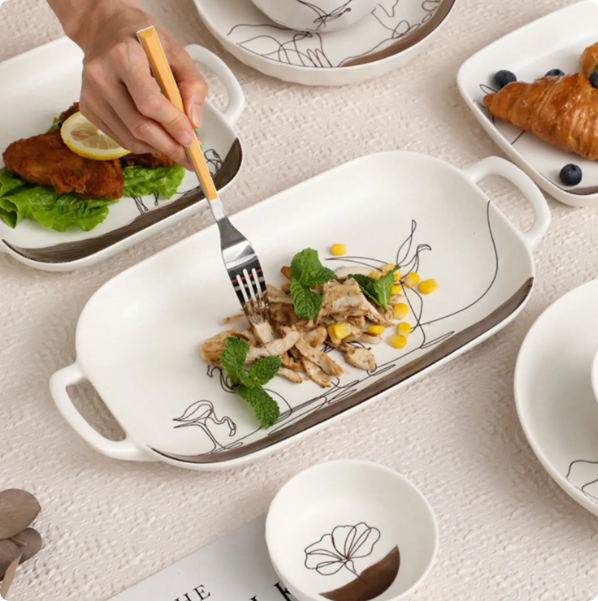
- Europe: Scandinavian countries prefer earthy, muted tones that align with their minimalist interiors, while Mediterranean nations embrace deep blues and terracotta shades reminiscent of coastal landscapes.
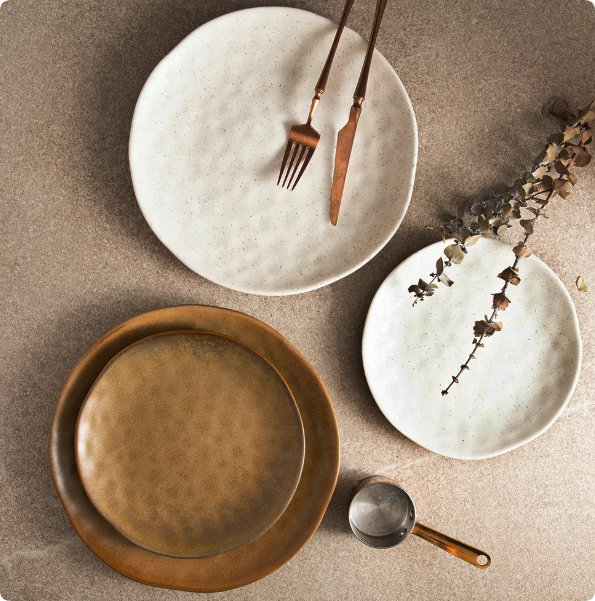
- North America: Contemporary trends in the U.S. and Canada lean towards neutral and modern hues such as gray, black, and white, often complemented by speckled or matte finishes.
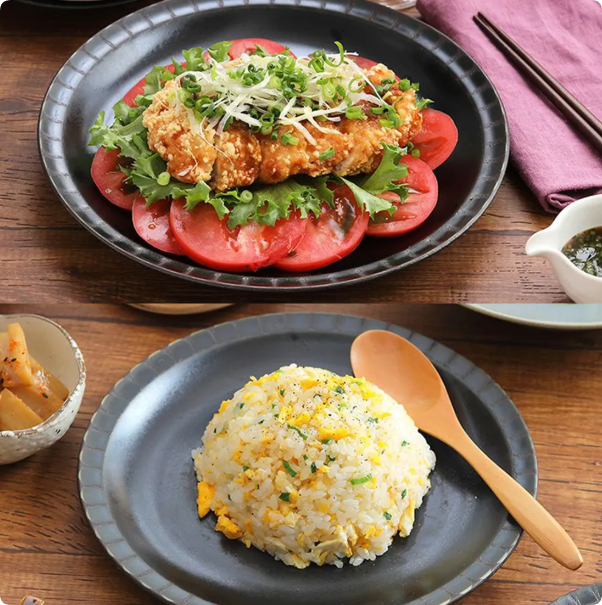
- South America: Bright colors like turquoise, yellow, and green are widely appreciated, reflecting the region’s lively cultural expression and vibrant nature.
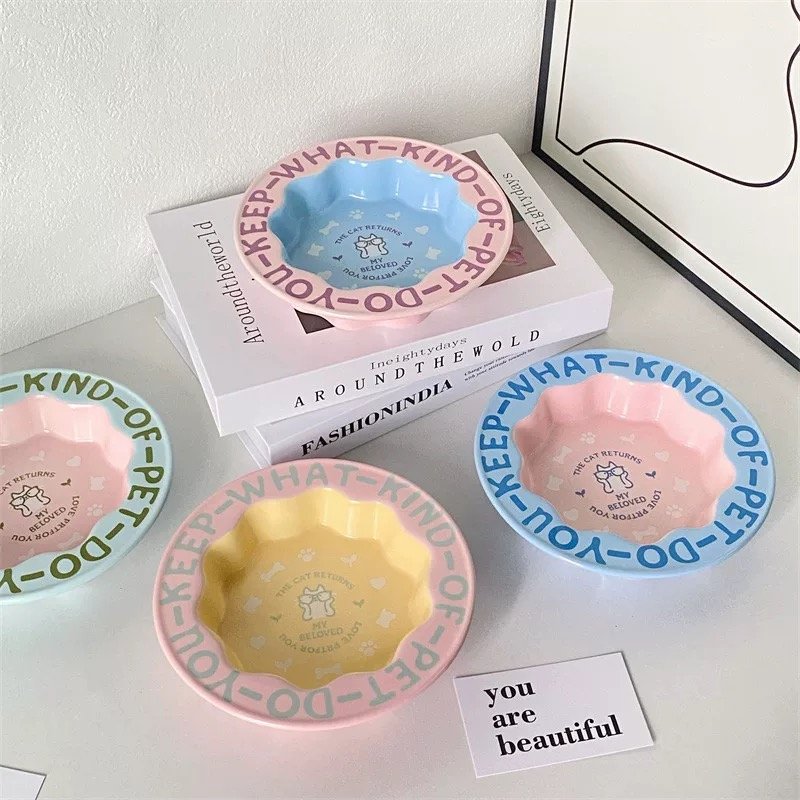
- Middle East: Deep blues, golds, and intricate patterns are common, influenced by Islamic art and the region’s historic love for luxurious tableware.
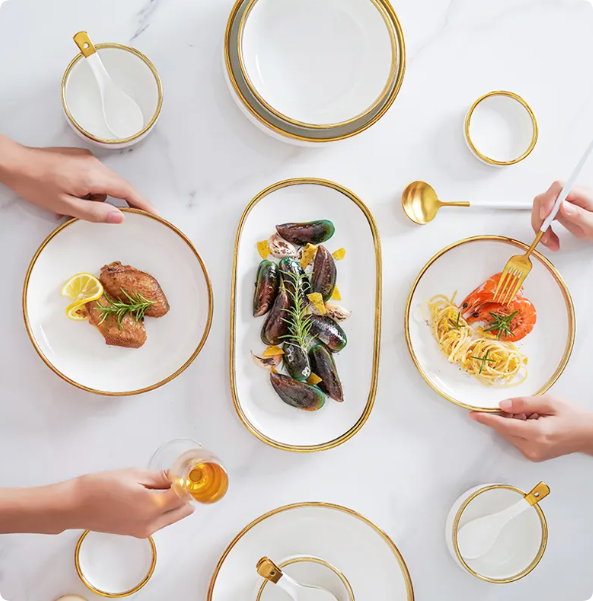
- Africa: Warm, earthy tones such as brown, orange, and deep red are popular, often featuring handcrafted designs inspired by local traditions.
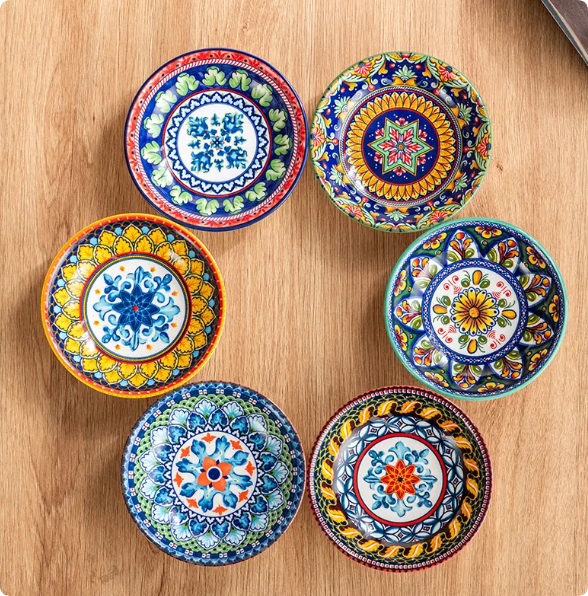
2. Psychological and Practical Considerations
Apart from cultural influences, psychology and practicality also play a role in the selection of ceramic plate colors.
Psychological Impact of Colors on Dining Experience
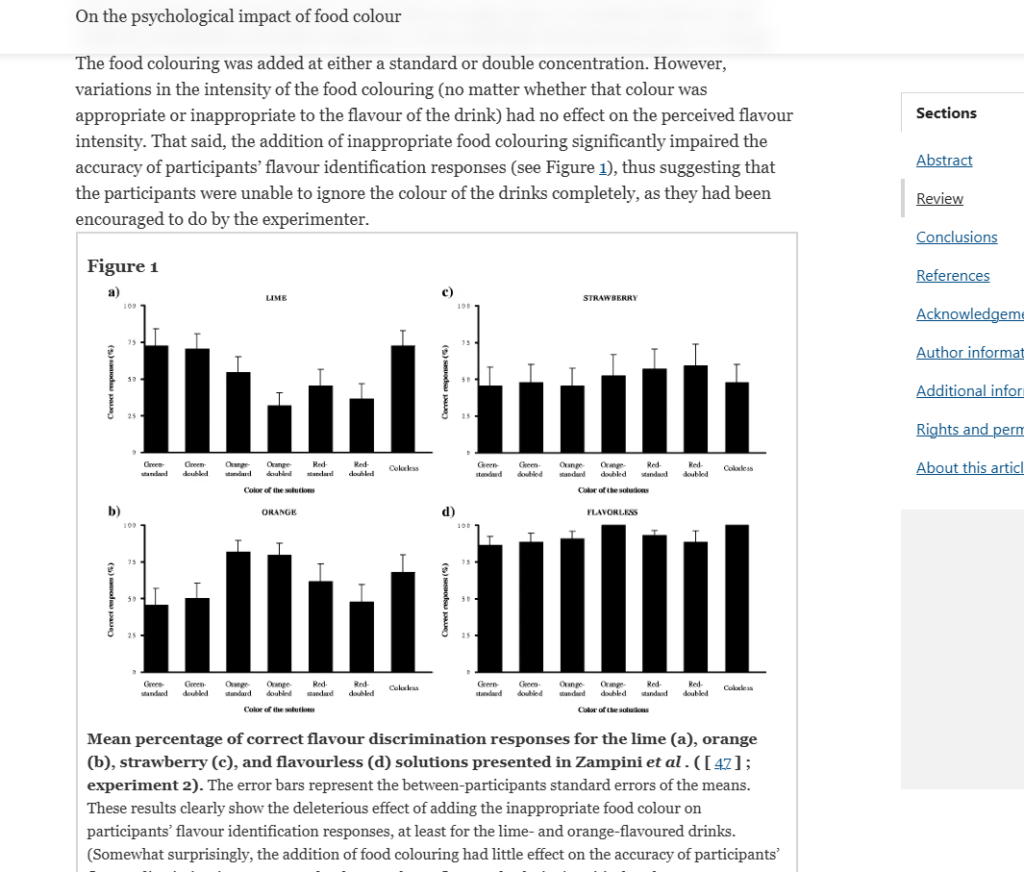
Studies suggest that color affects appetite and perception of food. For example:
- White plates: Enhance the appearance of food by providing contrast, making dishes look more vibrant and appealing.
- Blue plates: Can suppress appetite, which is why they are less common in everyday tableware.
- Red and yellow plates: Stimulate appetite, making them popular choices for casual dining settings.
- Black or dark plates: Exude sophistication but can make portion sizes appear smaller.
Practical Aspects of Color Choices
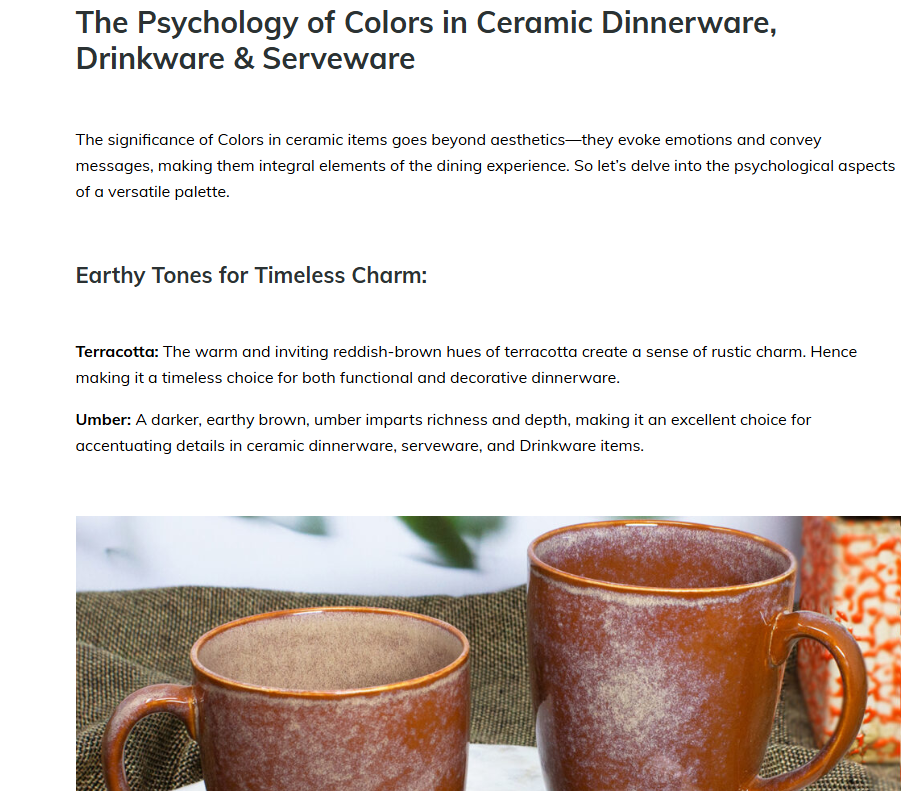
- Durability and Stain Resistance: Dark-colored plates hide stains better, making them more practical for commercial use.
- Versatility in Styling: Neutral tones (white, beige, gray) blend well with different table settings and interior designs.
- Trendy vs. Timeless Appeal: Classic white plates remain a top seller due to their universal appeal, while trendy colors (such as pastels or bold tones) fluctuate with fashion cycles.
3. Regional Comparison of Ceramic Plate Colors
To help buyers make informed choices, the following table provides a comparative overview of ceramic plate color preferences across major global markets.
| Region | Preferred Plate Colors | Cultural/Market Influences | Best-Selling Styles |
|---|---|---|---|
| Asia | White, pastel, red, gold | Purity, elegance, prosperity | Minimalist, floral, gold-rimmed |
| Europe | Earthy tones, deep blues, neutrals | Scandinavian minimalism, Mediterranean influence | Matte, rustic, speckled |
| North America | Gray, black, white, speckled | Modern aesthetics, industrial chic | Speckled, stoneware |
| South America | Turquoise, yellow, green | Lively cultural influences, tropical inspiration | Hand-painted, vibrant |
| Middle East | Deep blue, gold, intricate patterns | Islamic art, luxurious heritage | Ornate, patterned |
| Africa | Warm earthy tones (brown, red, orange) | Natural and handcrafted aesthetics | Handmade, textured |
4. Trends and Future Outlook
Global ceramic plate trends continue to evolve based on sustainability, modern dining habits, and emerging design preferences.
Growing Demand for Sustainable Colors
- Eco-conscious consumers prefer organic tones, such as beige, terracotta, and off-white, which align with natural and sustainable aesthetics.
- Recycled and eco-friendly glazes in earthy colors are gaining popularity among environmentally aware buyers.
Personalized and Customizable Plate Colors
- OEM and ODM services allow businesses to customize plate colors to fit specific market preferences.
- Retailers and cross-border e-commerce sellers increasingly offer limited-edition color collections to cater to seasonal and festive trends.
Regional Adaptations in Online Sales
- E-commerce platforms use color preference data to optimize product listings for different regional markets.
- Personalization features, such as “choose your own plate color” options, are becoming popular among online shoppers.
Conclusion: How EKA Can Help You Source the Right Colors
Understanding regional preferences in ceramic plate colors is essential for global buyers, retailers, and e-commerce sellers. At EKA, we specialize in OEM and ODM ceramic tableware production, allowing you to customize plate colors, styles, and designs to meet market demands.
Why Choose EKA?
✅ Expertise in Global Market Trends: We analyze consumer preferences worldwide to offer trending color palettes.
✅ Customization Options: Choose from a wide range of glazes, finishes, and designs to suit your target audience.
✅ High-Quality Production: Our ceramic plates are made with premium materials and durable finishes.
✅ Flexible Order Quantities: We cater to both large-scale buyers and small-batch e-commerce sellers.
Whether you are sourcing for a home and kitchen brand, a gift business, or an online marketplace, EKA is your trusted partner for high-quality, customizable ceramic tableware. Contact us today to explore our latest color trends and customization options!
By aligning your ceramic plate selections with regional color preferences, you can enhance customer satisfaction, increase sales, and build a strong brand identity in your target market.

